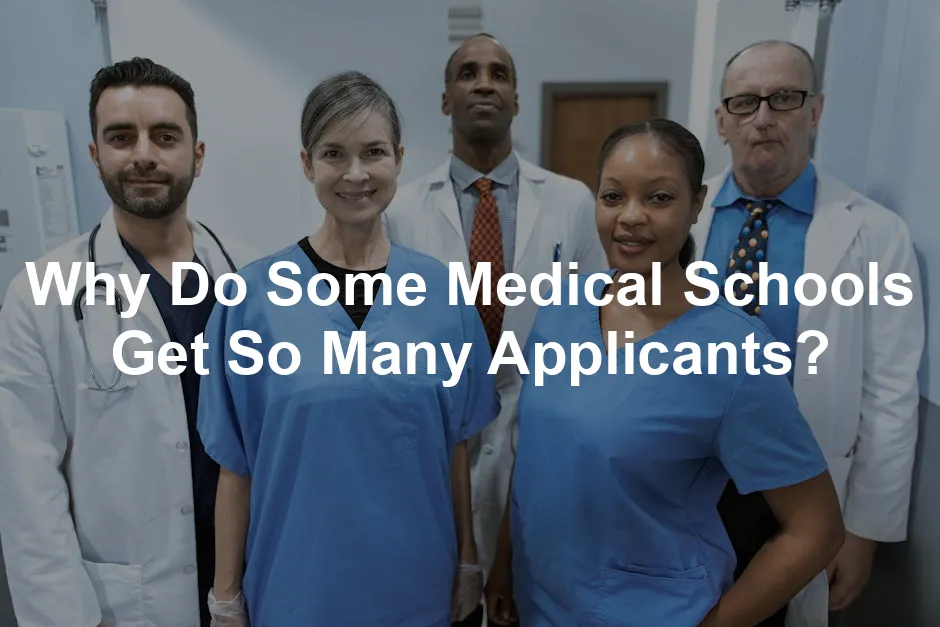
Why Do Some Medical Schools Get So Many Applicants?
Introduction
Have you ever wondered why certain medical schools attract a flood of applicants? The number of aspiring doctors applying to medical schools has been rising. Understanding the factors behind these trends is crucial. It helps prospective students choose the right schools and prepares institutions to meet applicant demands.
To navigate the complex world of medical school admissions, you might want to consider checking out The Medical School Admissions Guide: A Comprehensive Handbook. This book provides essential insights for aspiring medical students, making the process a little less daunting.
Summary and Overview
Recent years have seen a dramatic surge in medical school applications. In the 2021-22 cycle, applications soared by 17.8%, hitting a record high of over 62,000, according to the AAMC. This surge is not just a statistic; it reflects changing societal attitudes towards healthcare and medicine. More diverse applicants are also stepping forward, enriching the student body.
This increase in applicants has implications for both students and schools. For students, it means increased competition and the need for standout applications. For medical schools, it presents challenges in managing admissions processes. Understanding these trends is vital for the future of healthcare education and workforce development.
One effective way to prepare is by using a MCAT Prep Book. These books help sharpen your knowledge and skills, making you more competitive in the application pool.
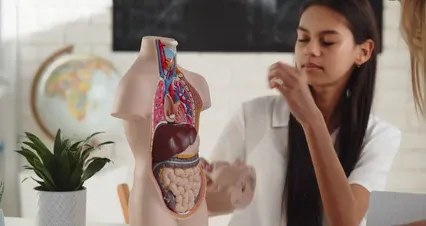
Factors Contributing to High Applicant Numbers
The Impact of the COVID-19 Pandemic
The pandemic has significantly shifted perceptions of medical careers. The “Fauci Effect” has inspired many to pursue medicine, as healthcare workers gained unprecedented visibility. Many students, motivated by this newfound interest, took the plunge. During the 2021-22 cycle, applications surged by nearly 18%, showcasing this passion.
Changes in Application Processes
The medical school application process has evolved. Streamlined applications and reduced fees have lowered barriers. Virtual interviews and flexible timelines have made applying more convenient. As a result, students are applying to more schools than ever. Recent data indicates that many applicants submitted more applications than in previous years, further contributing to the rising numbers.
These factors combine to create a landscape where aspiring doctors feel empowered to submit applications. Schools are adapting, recognizing the importance of attracting a diverse and motivated applicant pool.
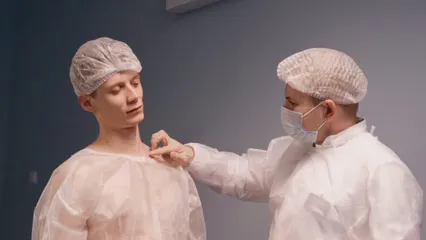
Societal Changes and Awareness
In recent years, social justice movements have ignited a passion for medical careers. Many young people are inspired to address healthcare disparities. The pandemic has highlighted these issues, prompting a surge in interest. Healthcare workers became heroes, showcasing the importance of these roles. As a result, more students are now stepping forward to apply.
The COVID-19 crisis amplified awareness of healthcare professions. Many students, witnessing the dedication of medical staff, felt a calling to join the field. The so-called “Fauci Effect” played a role, encouraging individuals to pursue medicine. This newfound motivation led to an impressive increase in applications.
Demographically, there’s been a noticeable shift. Applications from underrepresented groups have risen significantly. Schools are seeing more diversity in their applicant pools. This change enriches the medical community and reflects broader societal changes. As awareness grows, so does the drive to pursue medical careers.
To stay organized during this process, consider using a Premedical Student Planner. It can help you keep track of deadlines, interviews, and essential tasks, ensuring you stay ahead of the game.
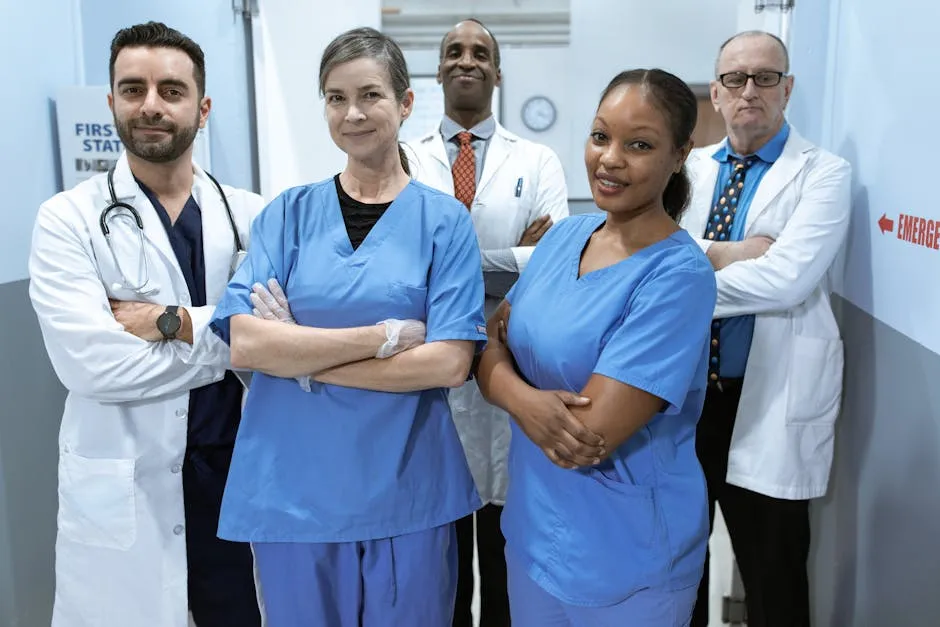
Institutional Factors
Reputation and Prestige of Medical Schools
The reputation of medical schools greatly influences applicant interest. Schools with strong rankings attract more candidates. Success rates, such as residency placements, also play a pivotal role. Prospective students often seek out schools with proven track records.
Acceptance rates can impact decisions too. Schools with lower acceptance rates may appear more prestigious. This can create a perception of higher quality. For example, schools with acceptance rates below 5% often receive thousands of applications. Many students aspire to attend these elite institutions.
Statistics reveal the competitive nature of admissions. As the number of applicants rises, acceptance rates can drop. This trend pushes students to apply to multiple schools. Ultimately, the reputation and prestige of medical schools shape the landscape of medical education.

Diversity and Inclusion Initiatives
Diversity in medical schools is essential for attracting a broader range of applicants. Schools that actively promote diversity initiatives often see increased applications. Outreach programs targeting underrepresented groups have shown success. These efforts create pathways for students who might not otherwise consider a medical career.
Data highlights positive trends in diversity. Recent statistics show a rise in applications from Hispanic and Black students. This shift reflects ongoing efforts to create a more inclusive environment. By fostering diversity, schools can cultivate a richer learning atmosphere.
Inclusion initiatives are not just beneficial; they are necessary. A diverse medical workforce can better serve varied communities. As schools commit to these values, they attract motivated applicants eager to make a difference. This focus on diversity enhances the overall quality of medical education.

Financial Considerations
Applying to multiple medical schools can strain your wallet. Each application comes with fees that can add up quickly. On average, applicants submit about 18 applications, which means spending significant amounts just to apply. The cost of each application can range from $100 to $200, leading to a total of around $3,600 to $3,600 just for application fees alone.
Beyond application fees, students often face additional costs. Secondary applications can cost more than $100 each, with some schools charging even higher amounts. When you consider travel expenses for interviews, the financial burden becomes even clearer. It’s common for applicants to spend thousands just to secure interviews at various schools.
Scholarship opportunities and financial aid play important roles in school selection. Many medical schools offer scholarships to attract talented students. These resources can ease the financial burden and make medical school more accessible. However, not all applicants are aware of these options. It’s crucial to research available scholarships and financial aid packages.
According to the AAMC, nearly 40% of medical students rely on loans to finance their education. This reliance highlights the need for financial planning. Understanding the costs associated with medical school can guide applicants in making informed decisions. A well-researched approach can help students manage their finances while pursuing their dream of becoming physicians.

To further assist with financial planning, consider exploring The Complete Medical School Admission Guide. This resource provides insights into managing costs effectively.
Competitive Landscape of Medical School Admissions
Increasing Competitiveness
The landscape of medical school admissions has become increasingly competitive. In recent years, the average GPA and MCAT scores of applicants have risen significantly. For instance, the average GPA of applicants in 2023 was around 3.64, while matriculants had an average GPA of 3.77. This upward trend indicates that students are not only competing against more peers but also with higher qualifications.
Acceptance rates have dropped at many prestigious institutions. For example, top schools reported acceptance rates as low as 2% or 3%. This scenario forces prospective students to apply to multiple schools to increase their chances of acceptance. The number of applicants has surged, reflecting the growing interest in medical careers.
Demographically, the applicant pool is diversifying. More students from underrepresented backgrounds are applying to medical schools. This shift enhances the competition as schools aim to create diverse classes. While this is encouraging, it adds another layer of complexity for applicants. They face not only the challenge of standing out academically but also in their unique personal experiences and backgrounds.

The Role of Extracurricular Activities
Extracurricular activities are vital in the admissions process. Medical schools seek well-rounded candidates who demonstrate commitment and leadership. Volunteer work, research experience, and leadership roles can significantly enhance an application. Schools evaluate these components holistically, considering how applicants contribute beyond academics.
The pressure to excel in extracurriculars can be intense. Many applicants feel the need to accumulate hours in various activities to impress admissions committees. This reality can lead to burnout, as students juggle academics and extracurricular commitments. It’s essential for prospective students to strike a balance between their academic and personal lives while building a competitive application.
Successful extracurricular engagement can take many forms. For example, volunteering at hospitals, conducting research, or leading community health initiatives showcases a commitment to medicine. These experiences not only strengthen applications but also provide valuable insights into the medical field. By emphasizing meaningful involvement, applicants can differentiate themselves in a crowded field.

For those looking to master the interview process, don’t miss out on How to Ace the Medical School Interview. This guide can help you prepare for one of the most critical steps in the admissions process.
The Future Outlook
Trends in Medical School Applications
What does the future hold for medical school applications? Experts predict fluctuations in applicant numbers post-pandemic. While the 2021-22 cycle saw an unprecedented rise, recent data suggests a potential decline. This shift might reflect a natural return to pre-pandemic levels.
New medical schools are emerging to address the growing doctor shortage. These openings can redistribute applicants among institutions. More schools mean more opportunities, but they also increase competition. Some experts worry that current application rates may not be sustainable. They stress the importance of monitoring trends to adapt to future shifts.
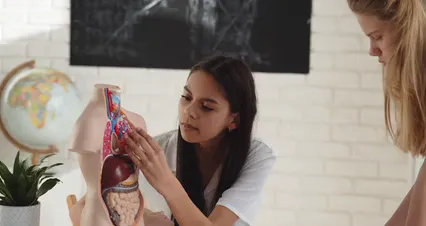
Recommendations for Prospective Applicants
Navigating the medical school application process can feel overwhelming. Here are some tips to help you stand out. First, consider applying to a mix of schools. This can increase your chances of acceptance. Research each school’s values and tailor your application accordingly. Highlight experiences that align with their mission.
Timing is crucial. Prepare early and ensure you meet deadlines. Understand each school’s requirements thoroughly. This will help you avoid last-minute stress. Additionally, focus on building a well-rounded application. Engage in meaningful extracurricular activities and gain relevant experiences.
Lastly, practice for interviews. Being well-prepared can greatly enhance your confidence. Remember, the medical school journey is challenging but rewarding. Stay determined, and you’ll find the right path for you.

For those looking to sharpen their medical knowledge, consider investing in Medical Terminology Flash Cards. These can be a fun and effective way to learn essential terms that will come in handy throughout your medical education.
FAQs
What are the main reasons for the increase in medical school applications?
The increase in medical school applications stems from several societal changes. The pandemic has heightened awareness of the importance of healthcare roles. Many prospective students were inspired by healthcare workers’ dedication during this time. Additionally, streamlined application processes have made applying more accessible.
How do medical schools attract a diverse group of applicants?
Medical schools implement outreach initiatives and diversity programs. These efforts aim to engage underrepresented groups in medicine. Schools often partner with community organizations to raise awareness about career opportunities in healthcare.
What is the average acceptance rate for medical schools?
Acceptance rates vary widely among medical schools. On average, acceptance rates hover around 5%. However, top-tier schools can have rates as low as 2% or 3%. Understanding these statistics helps applicants assess their chances realistically.
How can applicants improve their chances of getting into medical school?
Applicants can enhance their chances by focusing on a well-rounded application. This includes strong academic records, relevant extracurricular activities, and meaningful volunteer experiences. Tailoring applications to each school’s values can also make a significant difference.
What role does financial aid play in medical school applications?
Financial aid significantly impacts applicants’ decisions. Many medical schools offer scholarships and grants to alleviate financial burdens. Understanding available financial support can help students navigate their choices and make medical education more accessible.
Please let us know what you think about our content by leaving a comment down below!
Thank you for reading till here 🙂
All images from Pexels




